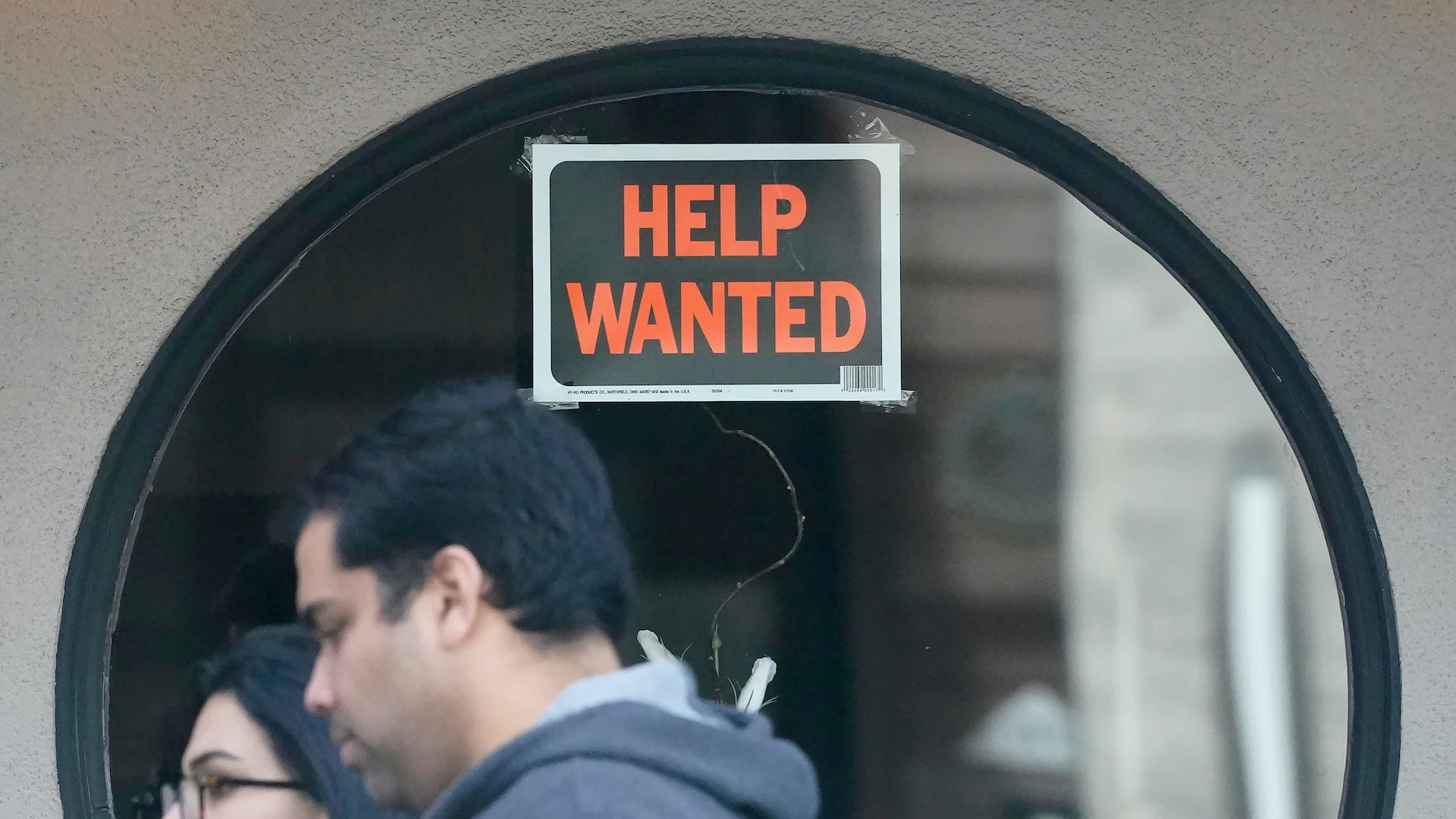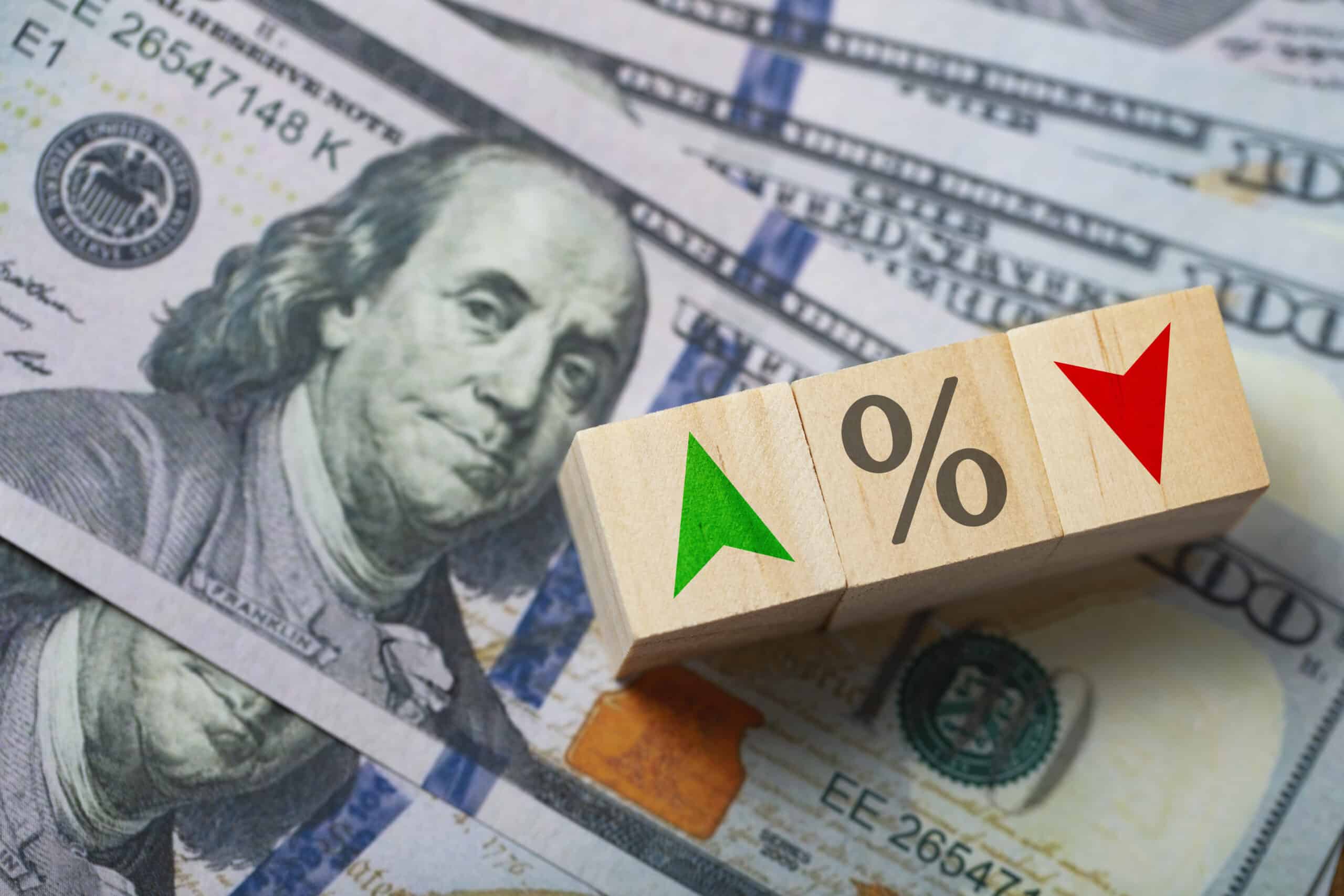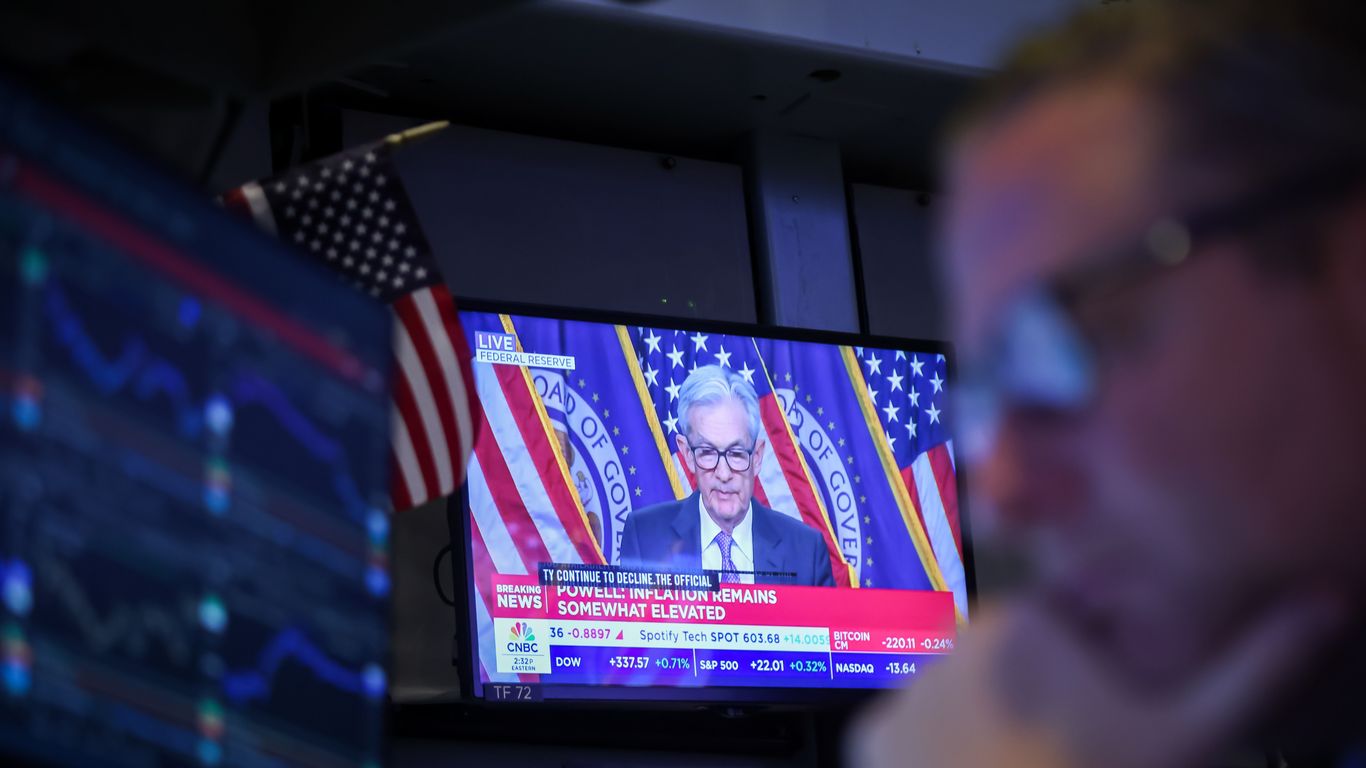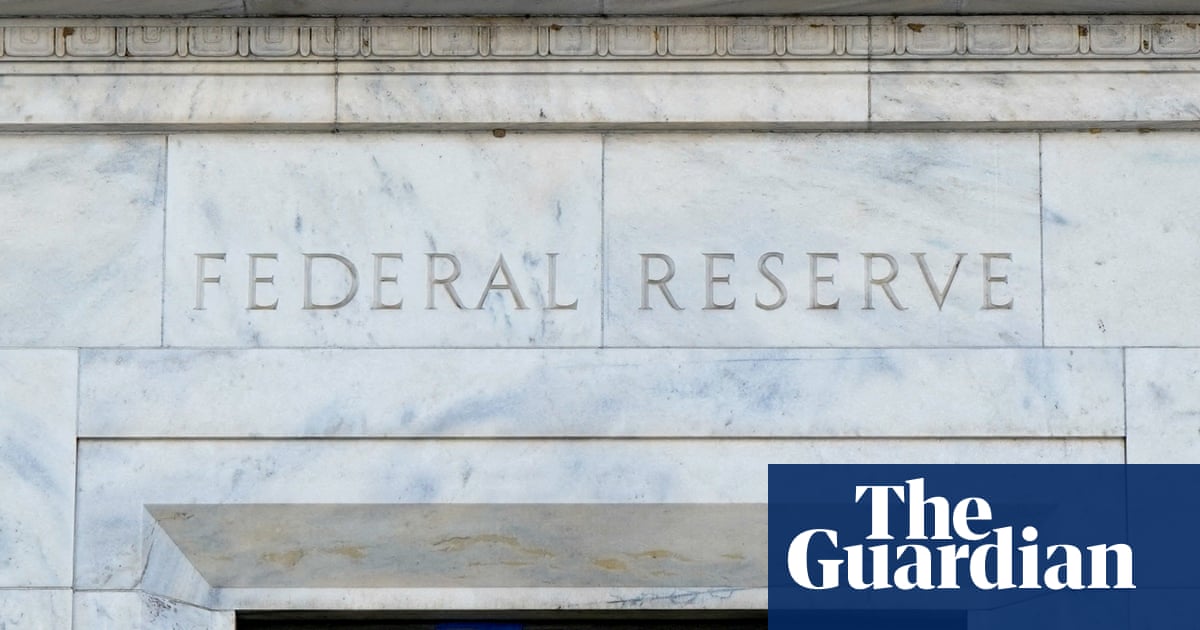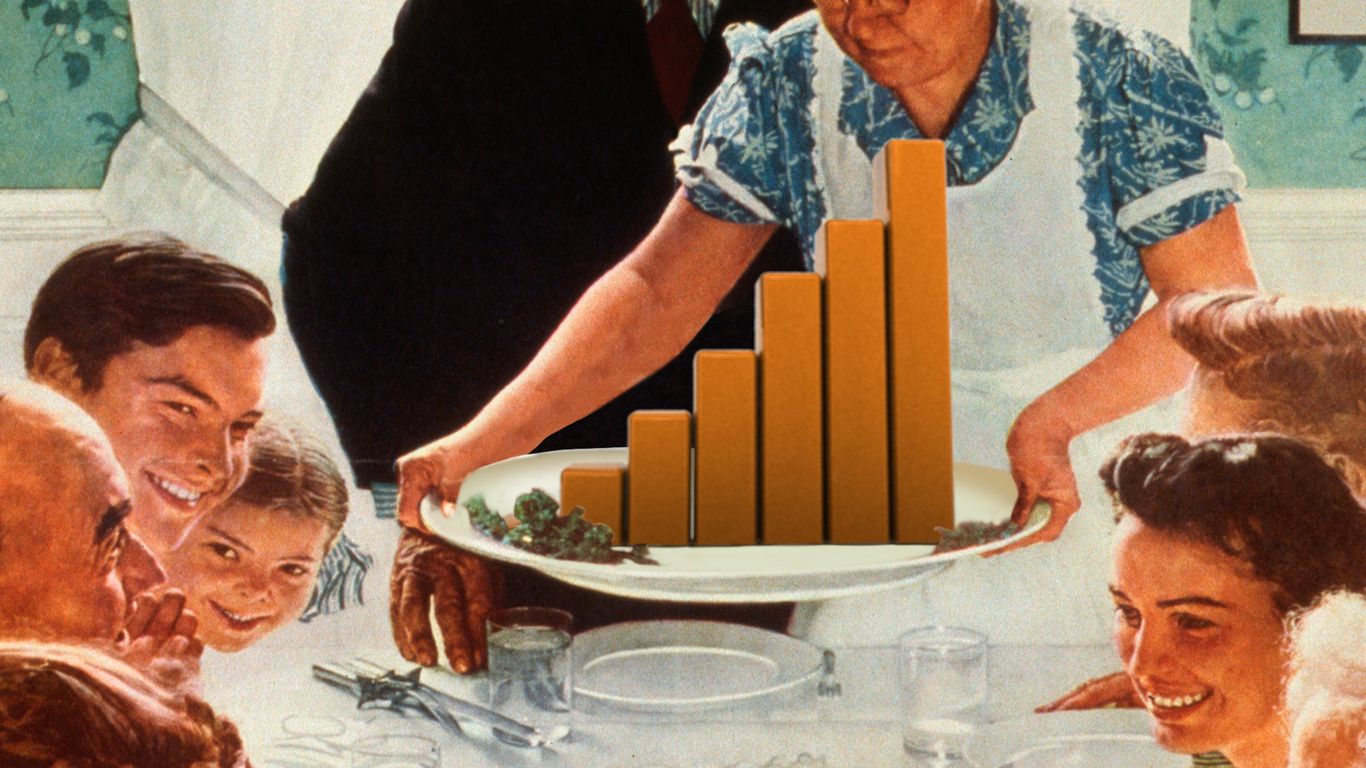#labor market
#labor market
[ follow ]
Artificial intelligence
fromFortune
6 days agoBank of America CEO says he hired 2,000 recent Gen Z grads from 200,000 applications, and many are scared about the future | Fortune
Bank hires 2,000 top graduates from 200,000 applicants and plans to reinvest AI efficiencies into growth while acknowledging Gen Z's hiring fears.
fromwww.housingwire.com
1 week agoLogan Mohtashami's 2026 housing forecast
The reason mortgage rates are near yearly lows as we end the year is that the labor market has softened and mortgage spreads have returned to near-normal levels. Without these two variables, mortgage rates would have stayed higher for longer. My 2026 forecast is for the 10-year yield to range between 3.80% and 4.60%, and for mortgage rates to range from 5.75% to 6.75%.
Real estate
US news
fromLondon Business News | Londonlovesbusiness.com
1 week agoThe significant events in the global economy over the past week - London Business News | Londonlovesbusiness.com
U.S. stocks hit records as 4.3% Q3 GDP growth driven by consumer spending boosted markets, amid mixed economic signals and cautious European gains.
fromwww.mediaite.com
2 weeks agoAdjust Your Meds': NewsNation Host Gets Endlessly Mocked Over Her One Word' to Describe Trump
She shared a segment from her show on social media and wrote, If I had to summarize the first year of President Trump's second term in one word, it would be: dignity. From his foreign policy to his domestic policy to his immigration policy, the goal has been restoring the dignity of the forgotten working-class men & women of this country.
US politics
Artificial intelligence
fromwww.theguardian.com
4 weeks agoMost people aren't fretting about an AI bubble. What they fear is mass layoffs | Steven Greenhouse
AI-driven automation risks causing massive job losses, particularly among entry-level white-collar workers, potentially worsening unemployment and income inequality.
fromBusiness Insider
4 weeks agoRussia's wartime consumer boom is cracking as shoppers tighten their wallets
After years of wartime splurging, Russian shoppers are tightening their grip on their wallets - a shift that hints at growing stress in the country's economy. Growth in consumer spending has weakened across most regions, the Central Bank of Russia said in a report published Wednesday. In October and November, demand softened even as unemployment remained near historic lows and inflation expectations ticked higher.
Careers
fromFuturism
1 month agoGoogle CEO Says We're All Going to Have to Suffer Through It as AI Puts Society Through the Woodchipper
As a result, many are wondering what the relationship is between AI's rise and labor's stagnation. While economists like Daron Acemoglu argue that any impact AI has on workers won't be felt for a decade - if it comes at all - tech CEOs are telling a different story: that AI is about to flip our whole world upside down.
Artificial intelligence
US news
fromLondon Business News | Londonlovesbusiness.com
1 month agoThe significant events in the global economy over the past week - London Business News | Londonlovesbusiness.com
U.S. equity markets rose as investors priced potential Fed rate cuts amid mixed economic data, cautious trading, and strong tech and small-cap performance.
Artificial intelligence
fromFortune
1 month agoElon Musk and Bill Gates are wrong about AI imminently replacing all jobs. 'That's not what we're seeing,' LinkedIn exec slams | Fortune
Companies adopting AI are increasing hiring for business development, tech‑savvy, and sales roles to capitalize on innovation and growth opportunities.
fromFortune
1 month agoWhat CEOs say about AI and what they mean about layoffs and job cuts: Goldman Sachs peels the onion | Fortune
New economic analysis by Goldman Sachs reveals a bifurcated picture of artificial intelligence's (AI) impact on the workforce, finding that while the technology's role in current layoffs remains modest and unproven across the broader economy, companies focusing on AI in their workforce discussions have sharply curtailed their job openings this year. The findings, drawn from an analysis of Q3 corporate earnings commentary and results by senior economist Ronnie Walker, were drawn from management commentary and results across nearly all the S&P 500.
Artificial intelligence
US news
fromLondon Business News | Londonlovesbusiness.com
1 month agoDollar steadies after Tuesday's slide on soft US data - London Business News | Londonlovesbusiness.com
US economic data show cooling retail sales and labor weakness, boosting expectations of a December Fed rate cut and keeping the dollar subdued.
US politics
fromFortune
1 month ago'Just enough to spend, not enough to splurge': The low-hire labor market bites for Gen Z and lower-income Americans, JPMorgan finds | Fortune
American households face a tighter holiday spending season due to weak real income growth and a soft labor market disproportionately affecting younger and lower-income workers.
US politics
fromFortune
1 month agoDespite Trump's best efforts to reshore manufacturing, blue-collar employment is plunging for the first time since the pandemic with 59,000 lost jobs | Fortune
Tariffs intended to reshore manufacturing have coincided with continued manufacturing job losses, increased uncertainty, and reduced employer hiring, undermining reshoring and factory employment growth.
[ Load more ]



